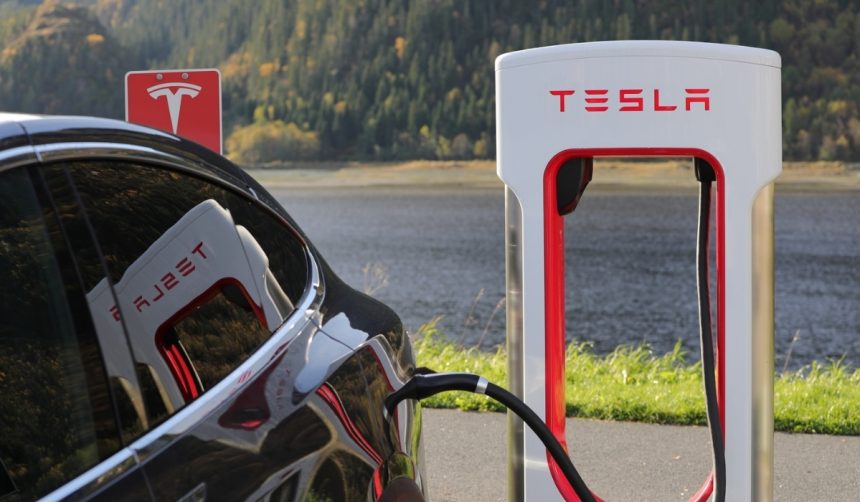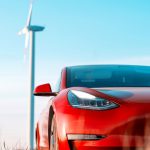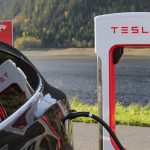Amid growing pressure from shifting federal policies and intensifying global competition, Tesla is navigating a period marked by declining sales and disrupted investor confidence. The electric vehicle leader, headed by Elon Musk, reported notable drops in revenue and net income for the April to June quarter of 2025. Company officials attribute their current challenges to the removal of government incentives for electric vehicles and the implementation of new tariffs under the Trump administration. Tesla is now pivoting its strategy to emphasize self-driving technologies and robotics to secure its future. Despite these issues, Tesla continues to invest in developing its robotaxi and Optimus robot programs, betting on technological advancements to reshape its business model.
Similar headlines surfaced earlier this year as Tesla struggled with declining deliveries and increased market share loss to competitors such as BYD. Reports noted a sustained decrease in European sales and reduced revenue in China, regions previously critical to Tesla’s global dominance. Unlike previous quarters, the latest earnings call highlights a sharper focus on U.S. policy changes impacting the company’s financial outlook, which was less emphasized in earlier discussions. Past strategies primarily centered on expanding global manufacturing and new vehicle launches, in contrast to the new emphasis on AI and robotics as strategic priorities.
How Are Government Policies Impacting Tesla’s Operations?
Tesla’s financial reports show a direct correlation between federal policy shifts and declining revenue streams. The recent elimination of emission-related regulatory credits, typically purchased by traditional automakers to meet emissions standards, has drastically cut a valuable source of income for Tesla. Sales of these credits dropped 50 percent year-over-year in the most recent quarter. Tesla’s Chief Financial Officer, Vaibhav Taneja, addressed these impacts, stating,
“The One Big [Beautiful] Bill has a lot of changes that would affect our business in the near term.”
Additional pressure comes from the removal of tax credits for electric vehicle purchases, set to end in September 2025. Tesla has urged prospective buyers to expedite their orders before the incentives disappear.
What Role Do Tariffs and International Competition Play?
Rising tariffs on imported vehicle components have also contributed to increased operational costs for Tesla. Although the company relies heavily on domestic production, it reported $300 million in tariff-related expenses in the last quarter alone. These financial burdens are compounded by aggressive expansion from companies like BYD, especially in markets where Tesla’s growth has recently stalled. The company faces ongoing challenges from a crowded EV market, decreased demand in key regions, and investor scrutiny about Musk’s political activities, which have sometimes overshadowed the company’s core business efforts.
Can New Technologies Offset Current Financial Strains?
Tesla has pressed forward with efforts to commercialize self-driving technology and robotics in a bid to offset declining EV sales. In June 2025, the company introduced its first self-driving robotaxis in Austin, Texas, and Musk expressed optimism about scaling the service to half of the U.S. population by year-end, pending regulatory approval. Expansion outside the U.S. remains complicated by regulatory delays in Europe and China. Musk discussed the significance of these technologies, saying,
“Once you get to autonomy at scale in the second half of next year, certainly by the end of next year, I would be surprised if Tesla’s economics are not very compelling.”
A shift toward self-driving robotaxis and the Optimus humanoid robot program suggests an overarching strategy to diversify income and strengthen future-proofing for the brand. Market observers note that success in these areas could help Tesla recover from current financial setbacks by introducing new revenue streams beyond traditional vehicle sales. However, these initiatives face regulatory, technological, and market acceptance hurdles that may delay meaningful contributions to company profitability in the short term. For consumers and investors, swift changes in EV policy highlight the importance of adaptability and underscore how external economic and political factors can quickly reshape the automotive landscape. For Tesla, near-term financial volatility could persist, but advancements in AI-driven mobility and robotics remain central to its long-term plan.










